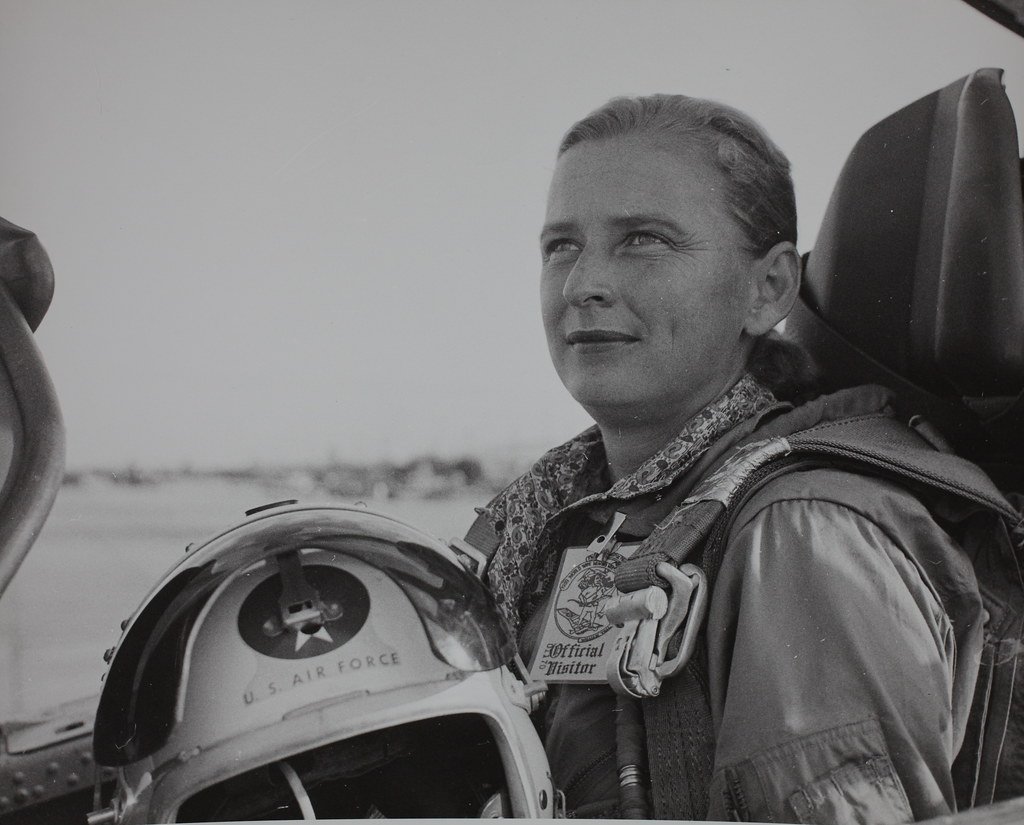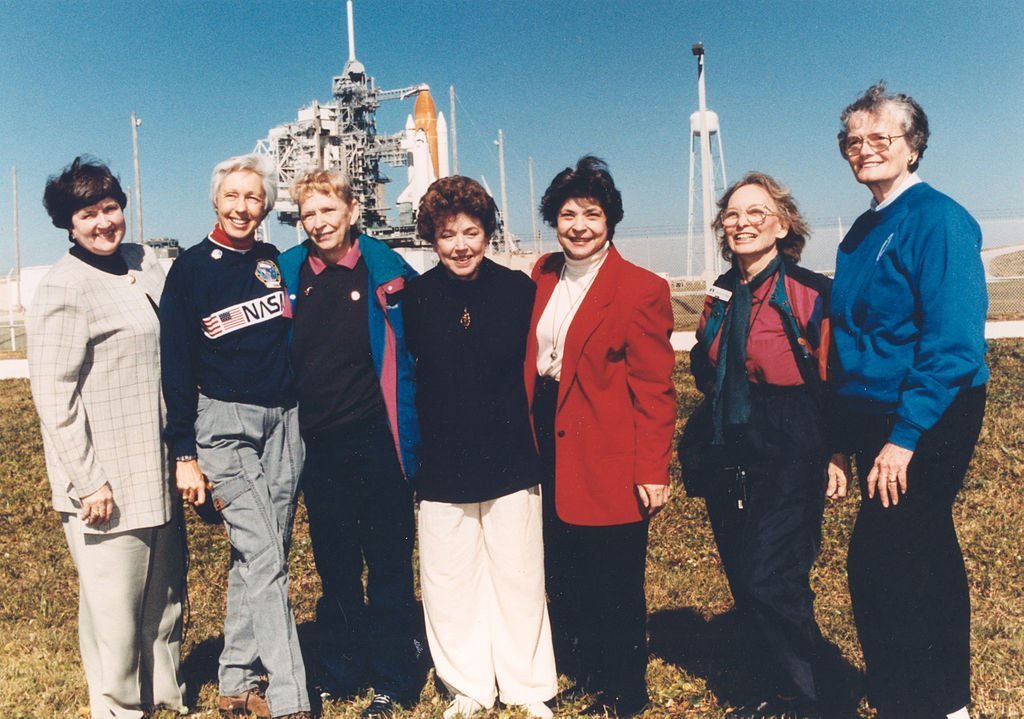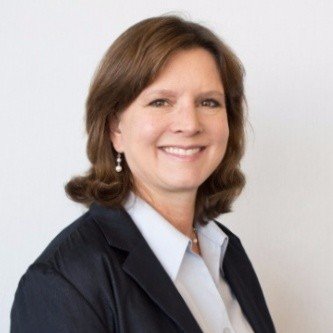NASA’s ‘First Lady Astronaut Trainees’ Broke Barriers in Little-Known Project Mercury

Jerrie Cobb and twelve other women passed astronaut testing for the United States’ first human spaceflight program in the early 1960s, but born years too early, not one would ever make it to space. However, their legacy is crucial to women’s history in space.
NASA fans have likely heard of Sally Ride (the first American woman in space) and Eileen Collins (the first female pilot and commander of a space shuttle), but America’s first female astronaut candidate was a lady named Jerrie Cobb. Cobb was a pilot in her own right, and lead the way in pushing for women’s equality in space.
Project Mercury
Cobb, 88, recently passed away in Florida after a short illness. Her story is underreported and one worth telling. In 1961, long before Ride and Collins arrived on the scene at NASA, Cobb became the first woman to pass the rigorous astronaut testing for the Mercury program. Project Mercury was the United States’ first human spaceflight program. In all, 13 women actually passed the physical testing and were NASA’s First Lady Astronaut Trainees. They became known as the Mercury 13.
However, NASA chose the all-male, all-military pilot Mercury 7 astronauts. Cobb longed for a role in the United States space program – without discrimination. She pushed for space equality, and even testified before Congress in 1962 on the matter, yet none of the Mercury 13 ever got the nod.
Jerrie Cobb, the Female Teenage Pilot Ahead of Her Time
Cobb was cut from the cloth of pilots, born in Oklahoma in 1931 to a military pilot. At age 12, she began flying her dad’s open cockpit biplane and at age 16, she achieved her private pilot’s license.
NASA did not give Cobb the opportunity to become an astronaut, but instead gave her a consulting role to help promote the space program. After describing herself as “the most unconsulted consultant in any government program,” NASA fired her. For decades afterward, she served as an Amazon jungle pilot providing humanitarian aid to the region.
Indeed, Cobb was in the Amazon jungle on the night of July 20, 1969, when Apollo 11 astronauts Neil Armstrong and Buzz Aldrin landed on the moon. She celebrated by dancing in the moonlight on the wings of her plane.

Women of Flight Photo, Jerrie Cobb (Photo: San Diego Air and Space Museum Archive)
That story and many others appear in her 1997 autobiography entitled “Jerrie Cobb, Solo Pilot.” Reflecting back on her 30-year career, Cobb stated that her country and culture was not ready at the time to see a woman go to space. But the Soviet Union was, putting Valentina Tereshkova in space in 1963 aboard a Vostok mission. NASA didn’t reach the milestone until 20 years later when Sally Ride became the first American woman in space in 1983.
Cobb Attends Collins’ Launch in 1995
One of the highlights of Cobb’s life was attending the launch of Eileen Collins in 1995. Cobb along with fellow surviving Mercury 13 ladies, got to see Collins become NASA’s first female pilot and commander.

Members of the First Lady Astronaut Trainees (FLATs, also known as the “Mercury 13”), a group of women who trained to become astronauts for Americas first human spaceflight program back in the early 1960s. Although this FLATs effort was never an official NASA program, their commitment helped pave the way for the milestone Eileen Collins set: becoming the first female Shuttle pilot. Visiting the space center as invited guests of STS-63 Pilot Eileen Collins are (from left): Gene Nora Jessen, Wally Funk, Jerrie Cobb, Jerri Truhill, Sarah Rutley, Myrtle Cagle and Bernice Steadman. (Photo: NASA)
Afterward, in 1998, the 67-year-old Cobb pitched a role for herself as part of the geriatric study that flew Mercury astronaut John Glenn on the Space Shuttle Discovery at age 77. Cobb wanted to join him as an older female subject, saying she would “give my life to fly in space.” However, NASA only flew Glenn and has since never flown another older person.
In her autobiography, Cobb expressed her unmet desire to be on the moon with her fellow pilots: “How I would love to see our beautiful blue planet Earth floating in the blackness of space. And see the stars and galaxies in their true brilliance.”
Nevertheless, Cobb said she was happy flying in the Amazon, serving her fellow brethren on Earth. She said: “Contenta, Senor, contenta. (I am happy, Lord, happy.)”







